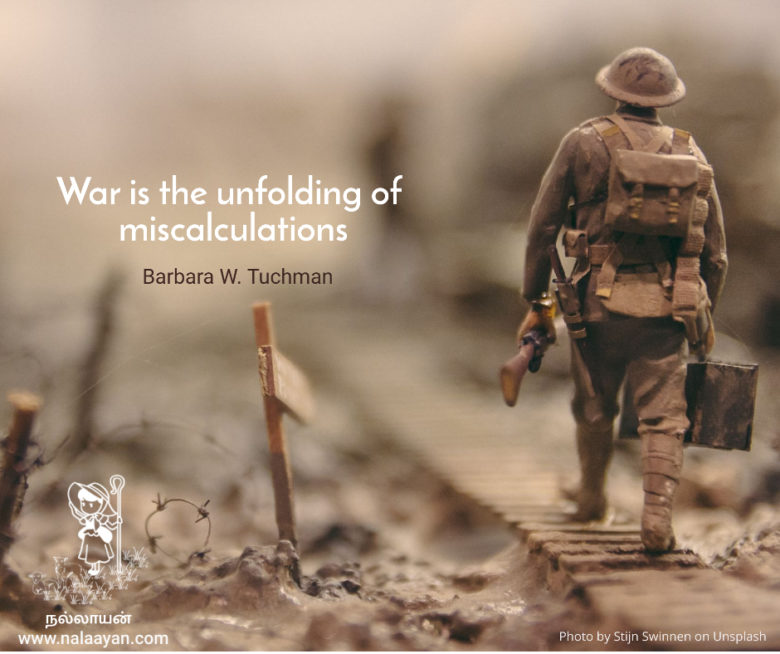
Tuchman has reservations about Rodney-particularly for expelling a small colony of Jews from St. Then she shifts our attention to Sir George Rodney, the British admiral who avenged Holland’s salute to America by seizing and occupying St. It may be a mystery only in the sense that extreme exertions possible to the human spirit can never be wholly elucidated.”įor the first third of Tuchman’s book, it’s entertaining, if a little puzzling, to be viewing the American Revolution through the prism of Dutch shipping. She says, “The amazing growth and expansion of Holland was a phenomenon that causes historians to stutter. Tuchman respects courage, possibly above all other virtues, and in the creation of Holland, she can also celebrate ingenuity and vision. Nothing in the book, not even the American triumph at Yorktown, matches her awe as she tells of the way the Dutch built dikes, pumps and ditches in order to make live-able land out of “the wave-flooded, water-soaked edge of Europe.” Long before that, however, her study of Dutch history had stimulated and inspired her. Three years ago, Tuchman was invited to the Netherlands to join in commemorating the 40th anniversary of the Dutch liberation from the Nazis. first catch your reader.” Assured that she has us firmly on the line, she now begins with a leisurely review of Dutch shipping from the 16th Century.

Some years ago, Tuchman set out her rules for writing a successful volume of history, and she began: “. Tuchman points out that the occasion was the first time another country formally acknowledged a vessel from the newly independent United States.īut that salute is merely her hook to involve us in the story she really wants to tell.

Her title comes from the cannon salute given an American ship, the Andrew Doria, as it entered the Dutch harbor of St. Now in “The First Salute,” Barbara Tuchman corrects the balance with an account of the long passage that brought those ships to Washington’s salvation in Chesapeake Bay.Īlthough her book is half the size of “Stillwell and the American Experience,” Tuchman has crammed it with the anecdotes and deft characterizations that have distinguished her work for more than 30 years.

Most historians of that climatic battle have concentrated on Peale’s human figures. But covering the entire left half is a brooding seascape of the French ships, some afloat, others sunk below the water, that made America’s success possible. In James Peale’s “The Generals at Yorktown,” the painting’s right side presents traditional portraits of George Washington and his victorious allies.


 0 kommentar(er)
0 kommentar(er)
